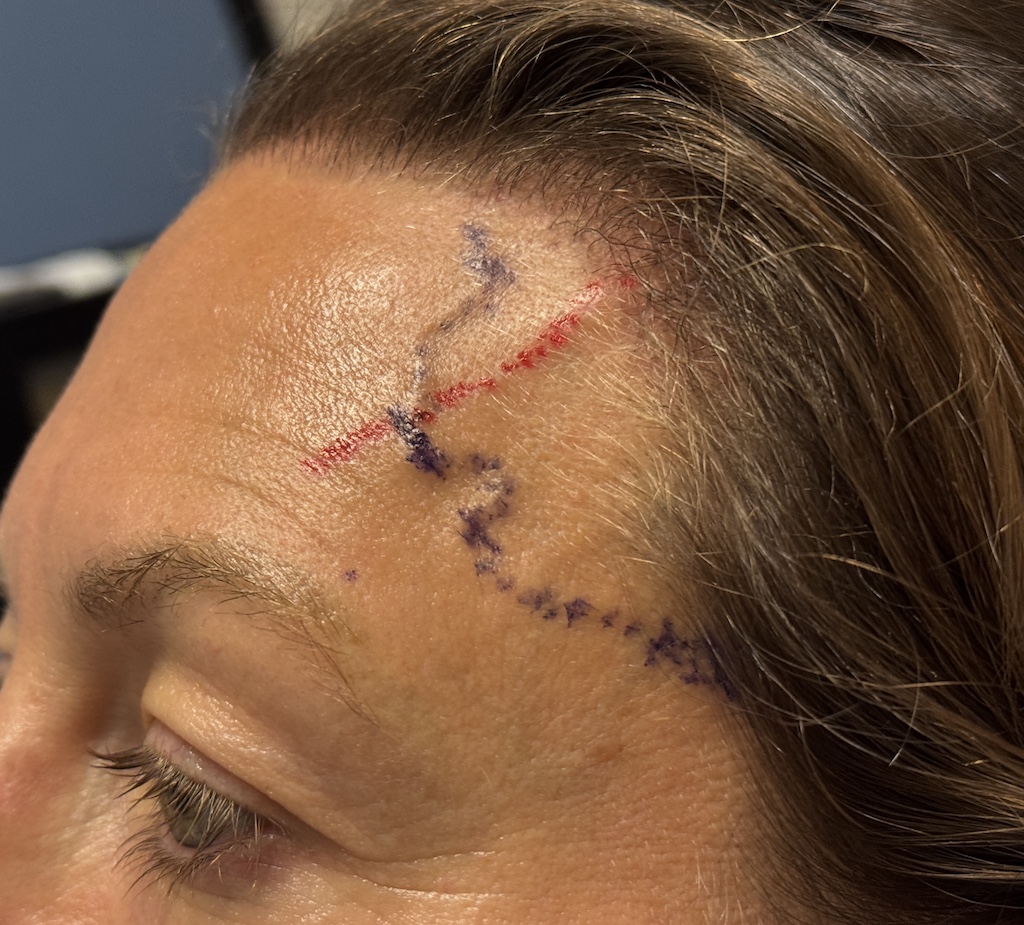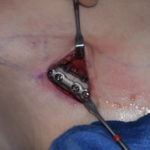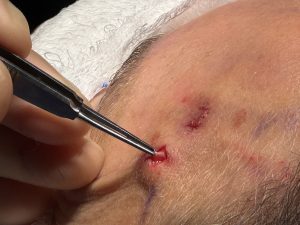Introduction
The temporal region of the head presents a variety of aesthetic concerns involving both bone and soft tissue. One of the least recognized—until experienced personally—is the appearance of a prominent temporal artery. Often mistaken for a vein, this is actually the anterior branch of the superficial temporal artery, identifiable by its serpiginous course and palpable pulse.
The reasons for this artery becoming prominent are largely idiopathic, except in rare medical conditions such as giant cell arteritis. While aesthetic procedures in the temporal region—like brow or cheek lifts and temporal implants—interact with the artery’s course, they are not generally known to cause enlargement. However, one procedure that might theoretically contribute is percutaneous thread lifting. Passing threads through the soft tissues near the artery could potentially injure or compress it. This case study illustrates such a scenario.
Case Presentation
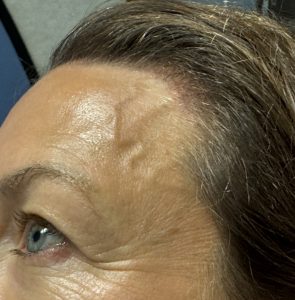
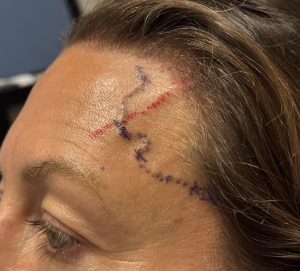
Surgical Technique
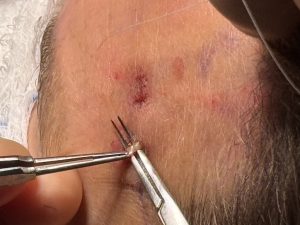
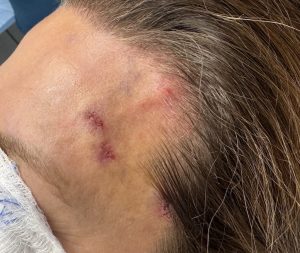
Discussion
The majority of temporal artery prominences occur without a known cause, particularly in men. In this case, however, the thread lift likely contributed to the condition. Injury to the anterior branch of the superficial temporal artery—whether by direct trauma or by chronic compression—can lead to dilation. In this instance, the fibrous band seen over the artery supported this theory. Ligation at and below the level of the thread effectively eliminated the prominence and Doppler signal.
While there remains a minor question of whether the arterial segment above the thread will regress over time, the outcome is expected to be durable given the comprehensive ligations below the point of compression.
Key Takeaways
-
Temporal artery prominence is more commonly seen and treated in men, though women can also be affected.
-
Thread brow lifting has the potential to traumatize or compress the anterior branch of the superficial temporal artery, leading to post-procedure prominence.
-
In trauma-induced cases, fewer ligation sites may suffice for successful reduction.
Dr. Barry Eppley
World-Renowned Plastic Surgeon

